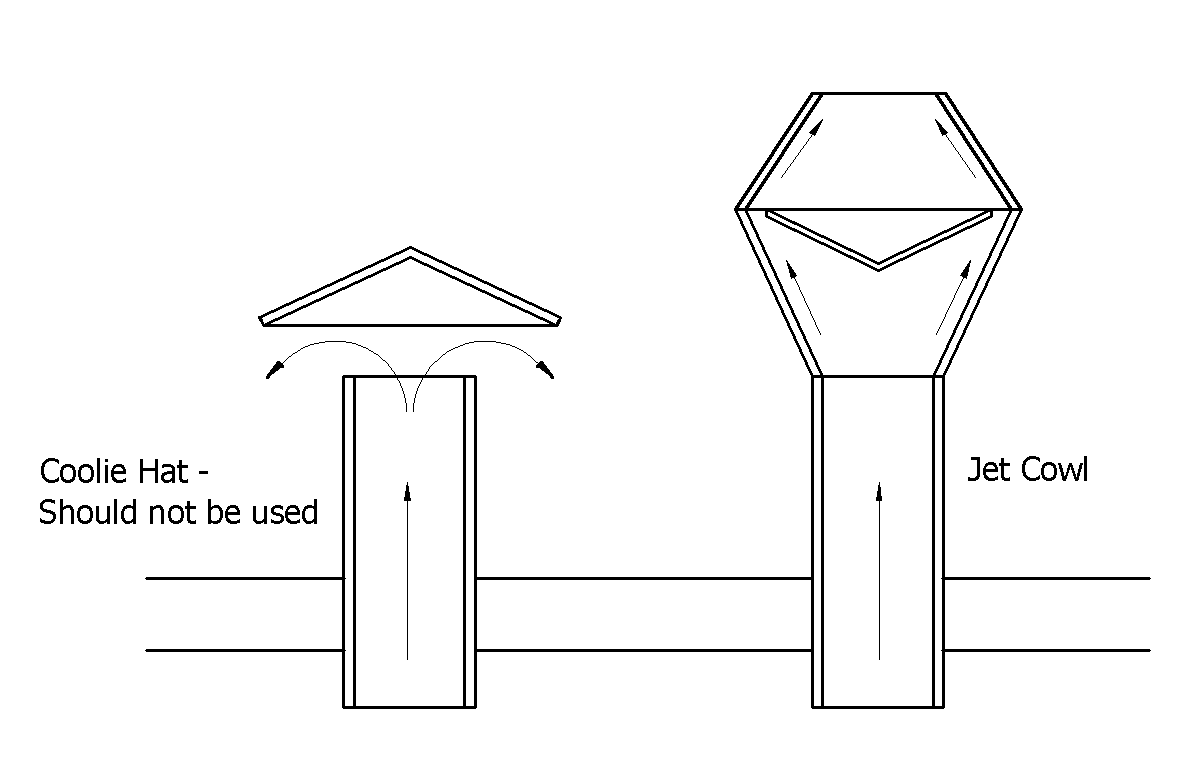What Is The Appropriate Construction For A Spraybooth?
A spraybooth or enclosure should be of half hour fire resistant construction. If spraying is carried out in a partial enclosure, a work area or a spray space then it should be fire separated from adjoining rooms by use of half hour fire resisting materials. If the spray area is part of a larger room for example, a hangar, dividing the room with fire resisting curtains will define the spraying area and provide some fire protection.
Examples of half hour fire resistant construction:
Floors
Plain edge boarding on timber joists not less than 38mm wide with a ceiling of 12.5mm plasterboard and 12.5mm gypsum plaster.
Tongued and grooved boarding not less than 16mm thick on timber joists and not less than 38mm wide with a ceiling of 12.5mm minimum of plasterboard and a skim coat of gypsum plaster.
Plain edge boarding on timber joists not less than 38mm wide with a ceiling of timber lath and plaster, the plaster at least 16mm thick, covered on the underside with a 12.5mm thickness of plasterboard.
Walls
100mm brick (unplastered).
50mm woodwool slabs plastered at least 12.5mm thick on both sides, framed construction (non load-bearing).
Steel or timber studding with 12.5mm Portland cement plaster, Portland cement/lime plaster or gypsum plaster on metal or timber lathing (non load-bearing conditions only).
Steel or timber studding with 9.5mm thick plasterboard on each side with the exposed facing of the boarding plastered with 5mm thick neat gypsum plaster (non load-bearing conditions only).
Where existing walls or partitions are not fire-resisting constructions, the standard can be achieved by adding 12.5mm thick plasterboard; ensure that the joints between the overlap are formed over the supporting framework or otherwise suitably constructed.
Doors
Fit: The door should be reasonably straight and true, and lie flush against the stop when closed. The gap between the door edge and the frame should not exceed 3mm.
Door frame: Should have a rebate or stop not less than 25mm deep. Existing planted stops may be replaced or additional material screwed or pinned and glued on.
Door furniture: One pair of metal hinges, all parts of which are non-combustible and have a melting point not less than 800oC.
Glazing: Any plain glazing should be replaced by, or backed with, 6mm reinforced glass not exceeding 1.2m2 in area and fitted with solid wood beading not less than 13mm in cross-section.
Flush doors*: 6mm wallboard cover to both sides of the door. The fixing to be 32mm screws at approximately 300mm centres, or annular nails at approximately 200mm centres, driven into solid timber.
Panel, framed, ledge and braced doors*: Protection as for flush doors to both faces of the door. Alternatively, if protection against fire is needed from one side only, then 9mm insulating board fixed to room-risk side of the door, as above, with the panels first made up with tightly fitting cut-outs of plasterboard or solid wood.
*The importance of fixing cannot be overemphasised. Additional material must be so fixed to the existing door that, under condition of fire where thermal movement is likely to take place between the door and protective material, the screws or nails are not stressed so they are pulled out.
Means of escape
Fires in spraybooths or workshops tend to develop extremely rapidly. There should be adequate means of escape from enclosed, walk-in booths. Operatives should never be more than 6m from an exit door. If the booth is located within a workshop or the workshop is a spray area, then there should be adequate means of escape from the workshop. Again, operatives should never be more than 6m from an exit door. At least one exit door from the workshop should open either directly into open air, or into another part of the building from which there is an exit direct to open air, separated from the spraying area by a fire-resisting construction having at least ½ hour fire resistance. All exit doors, either emergency or normal use doors, from spraybooths or workshops should open outwards.
Ducts, trunks and casings should
Be such that if tested in accordance with BS 476 Parts 20 and 22 (or previously Part 8) they would be capable of satisfying the integrity requirements of that test for at least ½ hour;
Provide an internal surface to the enclosure with a surface spread of flame and heat release classification of
Class 0 (as defined in Approved Document B issued in connection with the Building Regulations 1991);
Be supported and fastened in such a manner, using supports and fastenings that are of high melting point (in excess of 750oC) that:
The structure plus its supports, if tested in accordance with BS 476 Parts 20 and 22 (or previously Part 8) would not collapse or come apart for at least ½ hour;
The joints are made, bonded or fire-stopped to prevent or retard the passage of flame and hot gases;
The structure is sufficiently robust that its integrity will not be impaired by any reasonably foreseeable accidental impact;
Be sufficiently durable that if coated with residues, these can be removed without impairing the structure's fire resistance.
Cupboards, bins, cabinets and similar enclosures
The same requirements for duct construction above apply.
Electrical Equipment
Unprotected electrical equipment must be kept outside spraybooths.
Install lights outside booths and shine them through fixed and sealed fire-resisting wired glass panels.
Use only explosion-protected electrical equipment inside the booth.







